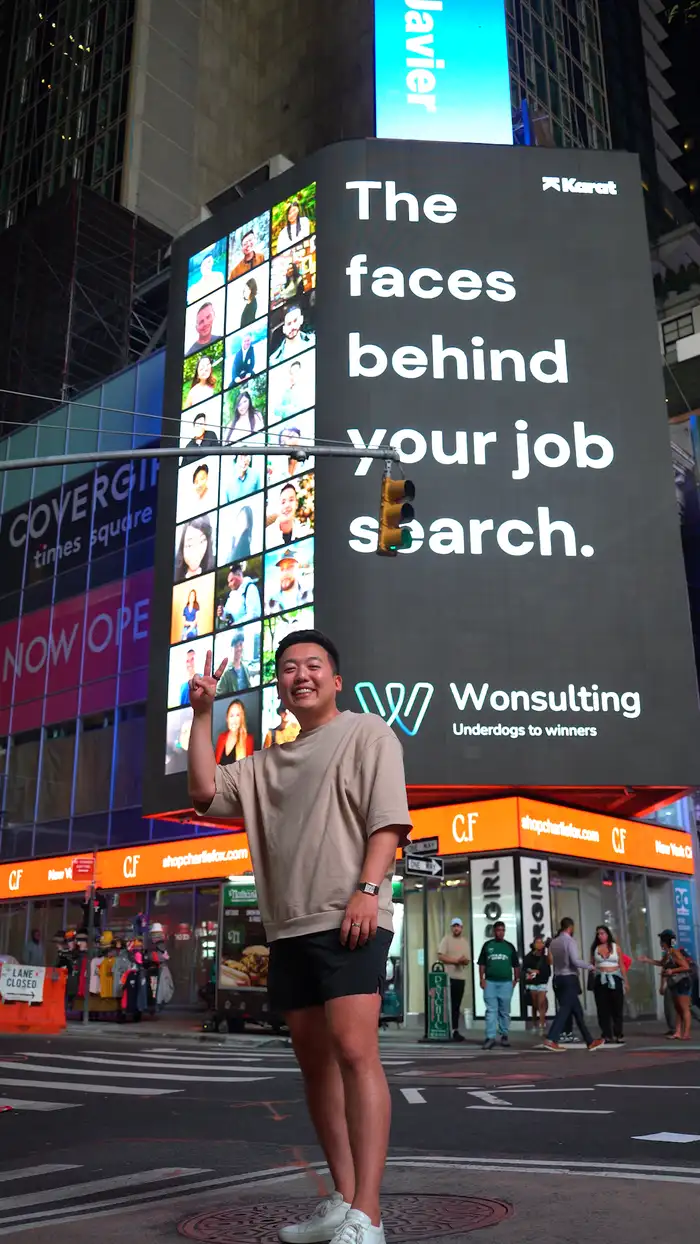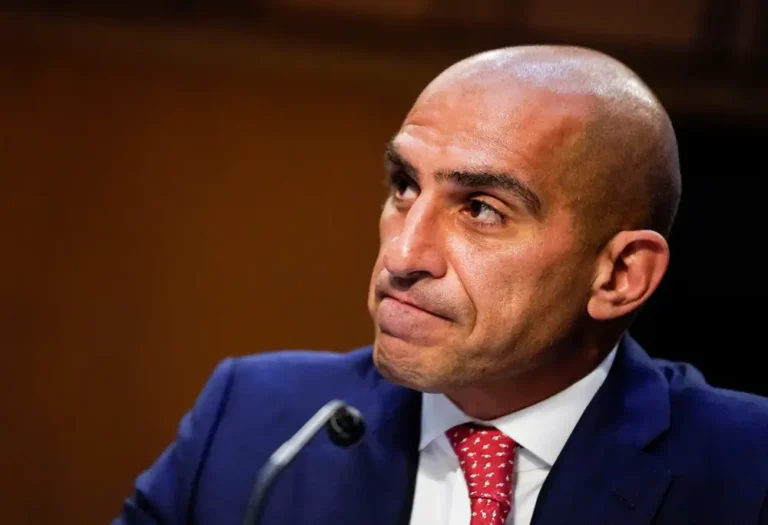Read 5 résumés that helped techies land $300,000-plus jobs at Google, Meta, Amazon, and Salesforce

5 techies share the résumés that landed them roles in FAANG companies.
For Ankit Virmani, revamping his résumé was one of the first steps to break into tech after a career in consulting.
He craved working on projects with technical depth and wanted to focus on building instead of selling.
On weekends and after wrapping up a day at his full-time Deloitte job in 2020, Virmani spent three to four hours practicing coding every night and another two hours reading up about technology.
With his mentors’ feedback, he created a résumé that helped him land him a role at Google a few months later.
B-17 spoke to Virmani and four other US-based employees at Google, Meta, and Salesforce, among other companies, about how they crafted their résumés to best present their skills and their personalities.
The group — three engineers, a product manager, and a machine learning architect — approached their résumés differently. One broke the traditional single-page rule, while another added a QR code to help track applications — but they all landed Big Tech jobs.
Machine learning architect at Google
Virmani said his résumé was different from most people in the tech industry. First, it broke away from the one-page rule many career experts and professionals follow because he wanted an uncluttered and neat presentation.
He said he also avoided overly highlighting individual contributions on his résumé, and instead writes about what his team did.
“In my experience, Google highly, highly appreciates honesty and humility. That’s the culture of the company — we know that nothing great gets achieved by an individual,” he said.
Software engineer at Google
Sahil Gaba, a software engineer at Google, said he liked two main things on his 2021 résumé, which landed him $300,000 in starting pay.
He recommended de-emphasizing older achievements like education by putting them on the side and showcasing more relevant sections, like work experiences and skills, in more prominent spots.
“I’ve worked pretty hard for all those degrees, but I know that in the context of the job that I’m looking for, those degrees are not that important,” Gaba said.
He also included a section called “interests,” where he listed a couple of hobbies because it makes for a good icebreaker in interviews.
“If you find something that overlaps, it starts a discussion, and it leads to a warm start,” he said.
Software engineer at Meta
Hemant Pandey, a software engineer at Meta, said he has been using the same résumé template since he graduated from his master’s program in 2017.
The format helped him land his previous jobs at Tesla, SAP, Salesforce, and his current role at Meta, where he was offered about $520,000 in starting pay.
One thing he consistently keeps on his résumé is his college GPA. Even though it’s not impressive, he thinks it makes a great story for an interview.
“I generally share how I bombed my first semester and was intimidated,” he said about getting a low GPA and almost losing an internship he was offered.
He talks about how he had to push himself to keep up with more experienced students and eventually scored better in the following semesters.
“This makes a good growth and learning-from-failures story.”
Product manager at Google
Yung-Yu Lin has been in tech for 18 years and has changed career paths thrice. He started in hardware engineering, moved to software, and became a product manager — his dream role.
Throughout his career journey in the US, he’s been updating one résumé he first created as an MBA student. It landed Lin his roles at Meta, Visa, and PayPal, and, in 2022, a $350,000 pay package at Google.
His top tip is segregating companies and customizing résumés to save time. When he applied for jobs as an MBA, he devised a system to categorize every opportunity into one of three tiers and changed his résumé in different ways.
“Tier one is about 20 to 30 different positions that I really, really want,” Lin said. For these companies, he customized not only the “additional information” section but also the bullet points under work experience.
“Tier two is about 30 to 50 positions. They’re highly correlated to the tier-one positions, but maybe the company or the industry is not my top tier, but I will still take it if I get lucky enough to get out to get the offer,” he said. “I don’t have so much time to really customize every single tier-two application — so that’s the type when I customize only ‘additional information.'”
Tier three includes the remaining 200 to 300 positions, which Lin saw as possible, but backup, jobs.
“I pretty much just use one single résumé to apply for all the tier-three positions,” he said.
Software engineer at Salesforce
Anup Ghatage landed his first job after his master’s degree by handing out customized résumés that had QR on them and tracking down the companies that looked at his résumé.
Previously at Cisco and SAP, the software engineer now works for Salesforce, where he interviews other candidates.
He tries not to over-customize his résumé and said he did not include small projects from years ago just to seem in line with a role.
“I would rather speak confidently about something tangential or something maybe unrelated but still in the tech field” instead of over-customizing and then fumbling at the interview stage.
He also liked that his résumé included links to his personal website and project work on GitHub. Instead of sending a long résumé, the links can provide more information if a hiring manager is interested.






